The iLife A6 Smart Robotic Vacuum Cleaner we got a year ago worked well enough for the first six months, but its quirks started becoming more than just a little annoying thereafter. And the omission of selected key features common in mid to higher priced cleaners reminded just how limited the A6 really was. For instance:
The proximity detection seemed to degrade over time, or rather: the poor A6 kept colliding into our furniture, and loudly.
The memory-less brute force cleaning pattern meant that there were frequently spots in the house that were not properly cleaned.
We still couldn’t get the scheduling to work.
Because of its front-loading design, emptying the dust container out frequently resulted in dirt and particles spilling out to the floor.
Thankfully, the A6 was purchased at a very low price, which meant that replacing it with a better cleaner wouldn’t be too painful. There are a number of models available, though oddly the range carried by the large electronic appliance stores here still remain fairly limited, and seem to focus on the upper tier models that cost around a thousand dollars or so. It’s quite a different story online though. And as luck had it, Lazada was having its birthday sales in early July: so we picked up the Ecovacs Deebot Ozmo 900 that was selling at seasonal discount.
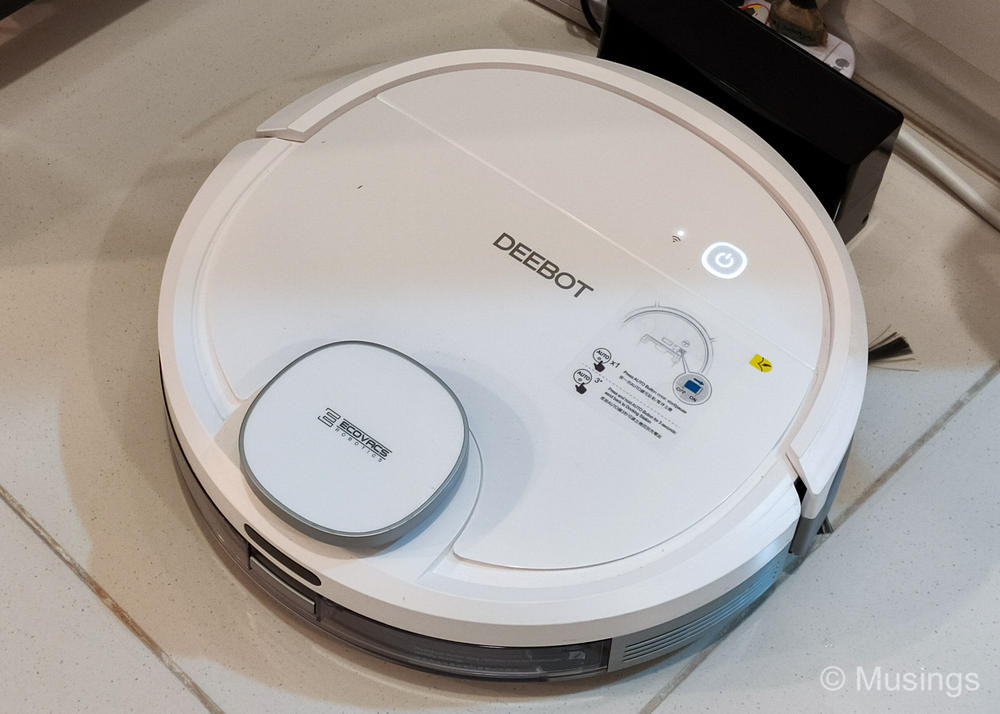
Our comments after two weeks of use!
The most important additional features that Deebot has over the A6 are its memory and functions, and WIFI connection. A year ago, we didn’t think these three features would matter very much and hence the A6. But after using the Deebot for a fortnight, I’m absolutely sold on these features and don’t reckon I’ll ever want a cleaner again without them.
Firstly, the Deebot’s WIFI connection means the bot can be controlled from anywhere. This is done through downloading an app called Ecovacs Home that handles the back-end connections – though privacy advocates might not be entirely comfortable with 2D scans of your apartment being uploaded somewhere. The app comes in both iOS and Android versions, and can be installed on multiple mobile devices making it a cinch to remotely control the bot from different devices as they all get synced up. The app can also be integrated with Google Home, which makes it possible to give simple voice instructions to the bot, e.g. get it started on full cleaning jobs. More complex jobs – e.g. spot cleaning – will still require the app though.
Secondly, the Deebot constantly scans and maps the house as it moves around the house, and its 2D generated map of our Minton apartment is pretty spot-on. Obstacles like furniture which the Deebot can potentially circle around are identified as dots, while permanent barriers – like walls – are identified by straight hard lines. The mapping facility also makes it possible for me to instruct the bot to do spot and area cleaning – I just need to open up Ecovacs Home and draw an area I’d like cleaned, press start, and the bot will run off to do the necessary and return to its docking station when done. The app doesn’t seem able to handle other shapes though – I have only rectangular shapes to work with. This seems more like a software limitation rather than the bot’s, so hopefully this can be improved in future versions of the app.
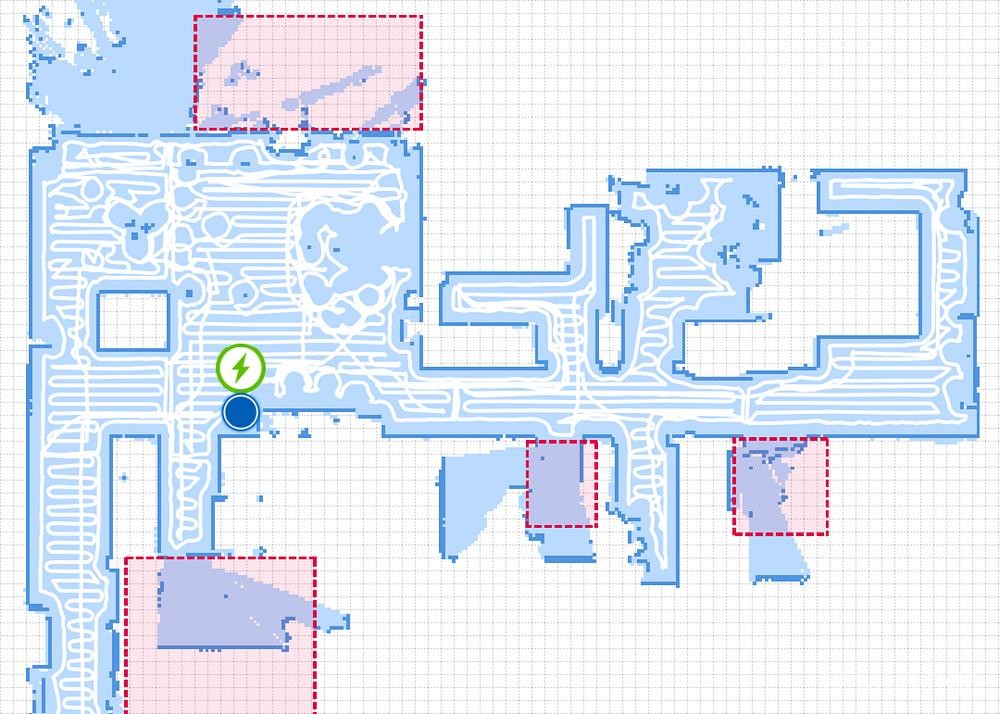
The A6 came bundled with a battery-operated virtual wall. The virtual wall transmitter worked well enough, but required occasional maintenance (i.e. replacement of batteries every few weeks or so). More seriously, one device is needed for each virtual wall and only only one came in the box. This meant we routinely had to use furniture – e.g. chairs – or obstacles – e.g. boxes and closed doors – to stop the A6 from venturing into other no-go zones like the kitchen, balconies or bathrooms/toilets. The Deebot has no such limitations: the app permits as many virtual no-go zones to be created as we need. We’ve got no-go zones setup for the entrances to both balconies, both toilets/bathrooms, the kitchen, and also a fragile tall glass vase we’ve got in the living room.
And lastly, the memory facility ensures that the Deebot constantly tracks each cleaning cycle where it’s done vacuuming and where else it needs to go. If nothing else, unlike the A6’s random cleaning patterns, the Deebot’s cleaning is as efficient as it gets. The Deebot’s path-finding also seems to favor straight lines in most cases. However, in areas where it senses it’s in a narrower pathway, e.g. our corridor, it’ll occasionally switch to a zig-zag pattern while on a custom cleaning cycle. But if it’s on a full scheduled cycle to clean the whole apartment, it’ll clean the corridor in straight lines. Temperamental bot LOL.
The app becomes really the all-in-one controller for the bot. The Initial app setup though was a little problematic, as the app flatly refused to recognize the bot. Interestingly, a hard reset of the bot solved that problem immediately. Point to note too: resetting the device also means the current map alongside any virtual no-go zones already embedded in it gets deleted. I highly recommend that you keep a screen shot of your apartment map somewhere so that you can easily recreate the virtual no-go zones as and when you need to.
The app also supports schedules, and I can set start timing and days as I need – and unlike on the A6, schedule works as it should. However, it’s not possible to associate custom cleaning jobs to the schedule. So, it’s not possible to do something complex: e.g. get the bot to clean the living room on MON-WEDS-FRI, the master room on TUES-THURS-SAT, and the piggies room everyday. Again, this seems more like a limitation of the app than on the bot, though I reckon the app would have to be significantly improved.
Compared to the sleek profile A6, the Deebot is noticeably chunkier and heavier. Its protruding proximity sensor that sits like a turret at the robot’s top panel and constantly scanning infrared (?) scanner looks outright futuristic even. The Deebot was still just able to sneak in under our sofa. The Deebot also seems to be more persistent when navigating tricky areas. In particular, it seems undaunted by chair legs! It tries to push chairs out of the way haha.
The Deebot also takes about 4 hours to be charged from flat to full, and the bot can run for about 70-80 minutes when on normal suction power. The charge time is quite a bit longer than what the A6 requires. Fortunately, the Deebot also supports continuous cleaning, so if you have a large house, the Deebot can return to the docking station for a recharge, then continue cleaning from where it previously stopped. Our Minton home is a 1495 square feet unit, but with furniture – like beds, wardrobes, and no-go areas like kitchens, balclnies and bathrooms/toilets – the actual area to clean is quite a bit smaller. The Deebot takes about 60 minutes, so our full cleaning cycles take an hour and well within a battery charge.
The Deebot also has a mopping feature, but its implementation is a little limiting so I haven’t actually given it a go yet. Specifically, once the mopping pad has been installed into the bot, the cleaning cycle will use the mop. There doesn’t seem to be a way to disable the mop from the app once the pad is installed. We’ve got a sizable carpet in the living room, and coupled also with the lack of an ability to tag custom cleaning cycles to a schedule in the app, means that the usage of mop in a cleaning cycle is an all or nothing.
There was one last oddity too, coming out of our first fortnight of use. The bot was happily about running around the house on a routine cleaning cycle, and I was keeping an eye on it on the Oppo Reno. The phone lost network connectivity temporarily, and when that got restored, the map got badly corrupted. The Deebot was also momentarily confused as it seemed uncertain what to do now – before deciding to re-scan the entire house and start a new cleaning cycle. That’s not a good thing obviously: as I’d have to recreate all the virtual no-go zones again for the new scan. That’s when I discovered a trick: I canceled the newly commenced cleaning cycle and sent it back to the docking station – whereupon the bot attempted to de-conflict the existing map and the just recently created one, and was able to – correctly – guess that the older map was the one to retain. Whew!
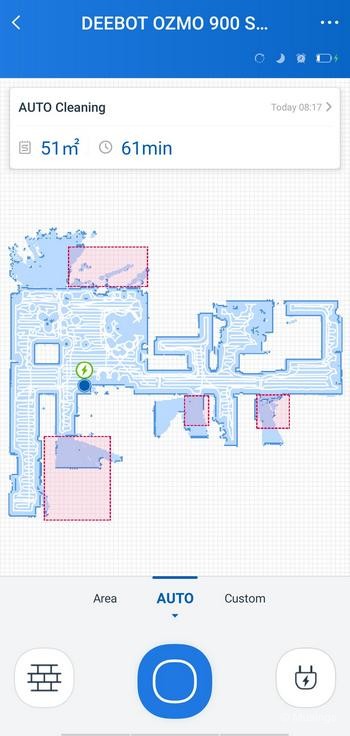
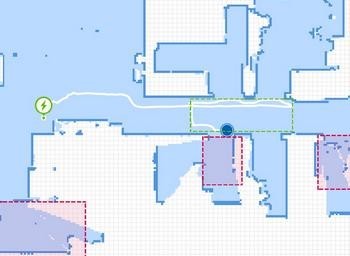
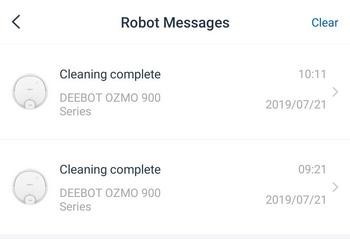
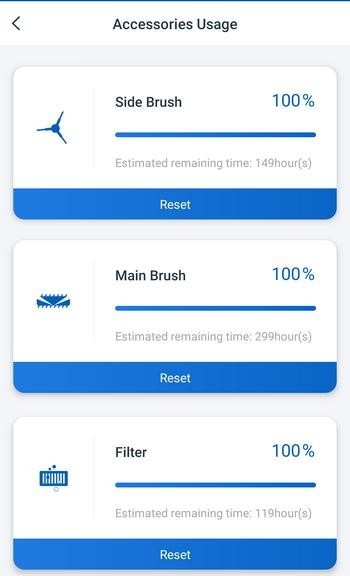
In all, we’re really happy with this new bot. The annoyances are still there: the mopping function is a bonus we use when we need it, but the mopping pad needs to come off when we don’t want it used. However, the inability to set custom cleaning jobs to schedule is a real omission. Nonetheless, the Deebot’s network, memory, and mapping abilities are significant feature improvements for us over the A6, and they really make it easy to use the Deebot and to clean the house on demand. We highly recommend this bot, and encourage interested buyers to wait for seasonal sales to get it at significant discount too.
Recent comments